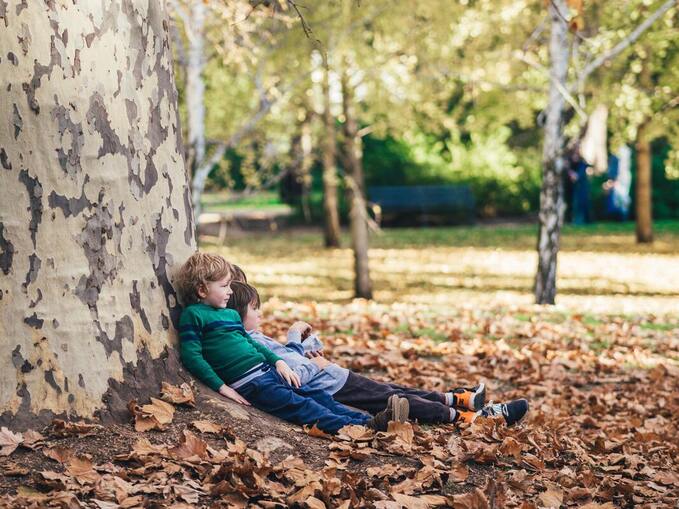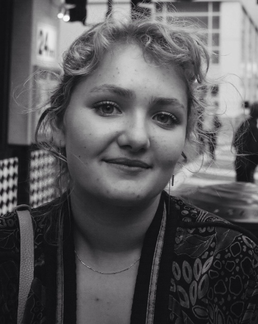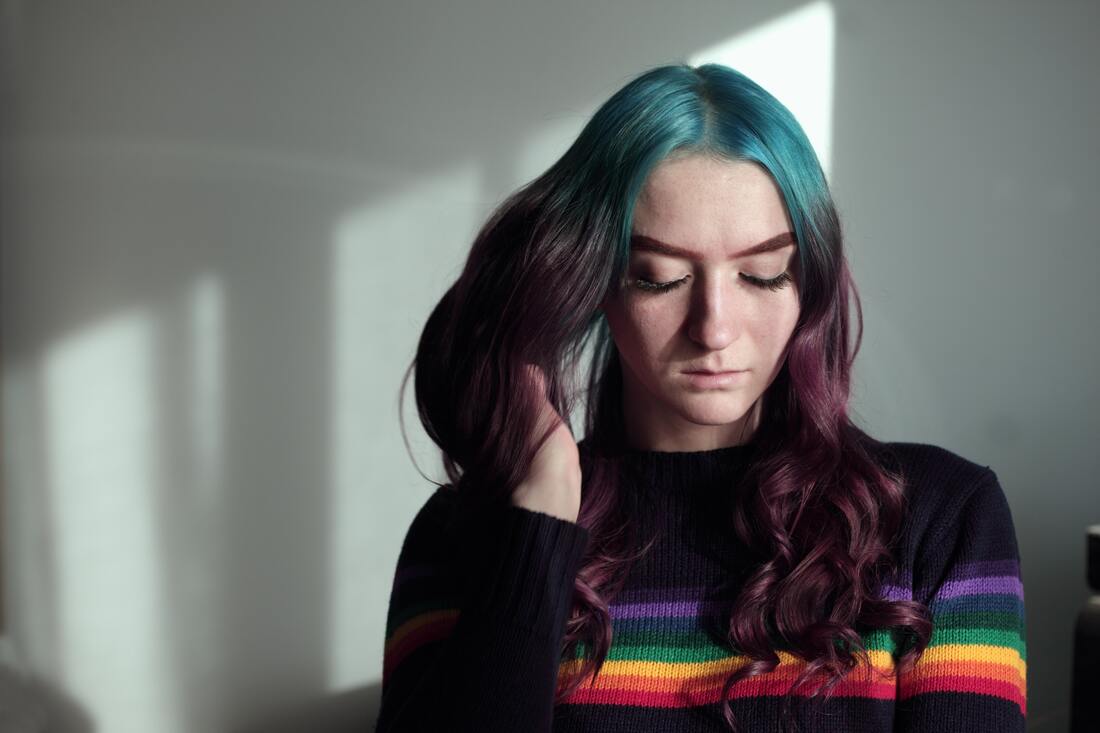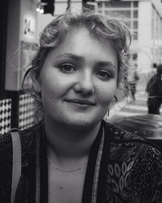|
Author: Florence Almquist Checa One of the episodes on the podcast, “Quiet: The Power of Introverts” discusses parenting a highly sensitive child. It hones in on how parents can help these kinds of individuals thrive. Research calls these kinds of children “orchid” children, because they are prone to anxiety and social difficulties when brought up in an unsupportive, tense environment. However, when raised in supportive households, they have some of the best outcomes and have the ability to “bloom.” Dr. Thomas Bois at UCSF thinks it’s important for the parents of these children to know that they are not just being “fussy” children. Rather, these kids have genetic differences, and hence are hardwired to act sensitively toward their environment. This can help explain why these genes have persisted in the human gene pool. It is important for parents to realize there are two sides to the “orchid” coin. These kids have the possibility of great risk, but also have extraordinary capabilities. They are not “bubble” children. There is no need to be overly scared about their future and abilities. “The hardest task as a parent,” explains Dr. Bois, “is knowing when to push and when to step back.” He says it must be done organically, according to the specific situation. It is important not to shelter this kind of child from hard social situations, like birthday parties, but to remove them from the situation if it gets to be too tough. Scott Barry Calfman from the University of Pennsylvania recommends exposing these kids to fears in small doses, building their way up, showing the child that they can handle the world, and that they can grow up to be resilient.
Source: https://podcasts.apple.com/us/podcast/quiet-the-power-of-introverts-with-susan-cain/id1065074566
1 Comment
Author: Florence Almquist Checa LGBTQ+ adolescents are most at risk for self harm and suicide. Some of the key factors that influence whether LGBTQ+ individuals will self harm are: homophobic abuse, social isolation, early identification as LGBTQ+, and conflict with family or peers about sexual identity. Many LGBTQ+ individuals don’t seek help and if they do, they often seek it from untraditional places, like the internet or LGBTQ+ safe spaces. Oftentimes, it is misunderstood why many LGBTQ+ adolescents don’t seek in person help. People often think it is simply because there aren’t places that these teenagers can ask help from, but this isn’t the case as found in the research by McDermott et al in 2014. By analyzing online forums, they concluded that many LGBTQ+ youth seeking help for their depression and anxiety are transgressing “the intersecting social norms of adolescence, rationality and heterosexuality.” They are breaking the boundaries of being a “healthy minded”, independent citizen and of loving the “wrong” gender. Therefore, they are sometimes perceived as a threat to society by some individuals, which leads this kind of youth to internalize this homophobia into shame. Furthermore, many LGBTQ+ youth don’t want to be perceived as “weird” or “strange”, as dealing with mental health issues and homophobia is a lot to handle. This is why these youth often find comfort in online communities. A question worth asking then is how we as a society and as psychologists can make these young people feel more understood, and what can we do to make them feel that they can trust counseling services offered. McDermott and his colleagues discovered that a large issue is that many current psychiatric models individualize the problem instead of also looking at the social, political, cultural and economic harmful structures that are at play that influence depression/anxiety/internalized homophobia. Stigma, discrimination, social justice, and social exclusion are all topics that are important in the conversation of mental health in order to have a richer understanding of a teenager’s individual case. However, they are sometimes lacking when an LGBTQ+ issue is being diagnosed with depression/anxiety. These kinds of mental issues are not isolated events, but rather a part of a larger phenomenon at play. As psychologists, it is important to look at the bigger picture to further understand an individual case.  It is especially hard for these LGBTQ+ youth to feel understood since there is oftentimes already so much societal judgement on teenage-hood itself. Adolescence is often seen as a linear time of biological and cognitive changes, when in fact it is a tumultuous time where normalcy is often challenged. McDermott and his team explain that adolescence is a “technology to produce a certain kind of rational individual”, pressuring teenagers to feel like they need to grow up and get a grasp on their emotions instead of analyzing them and building a better mental health. By analyzing online forums, McDermott and his colleagues found that some LGBTQ+ youth feel they have failed as citizens that should comply with social norms and hence why there is so much internalized guilt and shame. When it comes to thinking about solutions to this issue, an obvious one seems to be LGBTQ+ sensitive services, but that still does not account for the social pressure that is burdening this youth. Perhaps the most long term efficient solution is to keep trying to change the social climate regarding LGBTQ+ individuals, so as not to make them feel “crazy” or “not acceptable.” The best way this can be done is by education and building tolerance and acceptance. Some useful resources for LGBTQ+ individuals are the “It Gets Better” website which encourages these youth to share their stories and instill hope in other struggling teens. Another helpful resource is the “Q Card Project and Q Chat Space” where LGBTQ+ teens can seek psychological help, and ask questions amongst each other to create online support groups. Lastly, “The Trevor Project” is a national organization that helps with crisis intervention and suicide prevention. Helpful links:
Source: McDermott E. (2014). Asking for help online: Lesbian, gay, bisexual and trans youth, self-harm and articulating the “failed” self. Health: An Interdisciplinary Journal for the Social Study of Health, Illness and Medicine, 19(6), 561–577. doi:10.1177/1363459314557967
|





 RSS Feed
RSS Feed